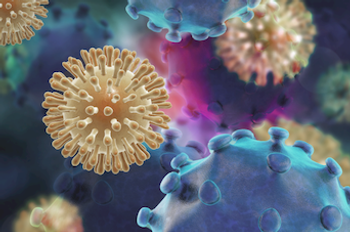
Study seeks to determine how HIV avoids the zinc-finger antiviral protein and how it binds the RNA.


Study seeks to determine how HIV avoids the zinc-finger antiviral protein and how it binds the RNA.

Individuals with HIV have more QT interval variability than those without the disease, which may lead to the increased risk of sudden cardiac death.

There is a statistically significant difference in the number of patients that meet statin criteria for primary prevention, and those that were prescribed it in a Federally Qualified Health Center (FQHC), according to student research presented at the ASHP (American Society of Health-System Pharmacists) 54th Midyear Clinical Meeting & Exhibition in Las Vegas, Nevada.
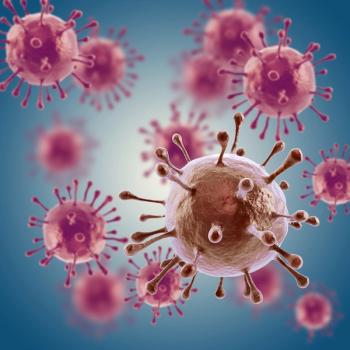
Many individuals with HIV who are receiving antiretroviral therapy have viral genetic material in the cells of their cerebrospinal fluid, making them more likely to experience memory and concentration problems, according to the results of a new study.
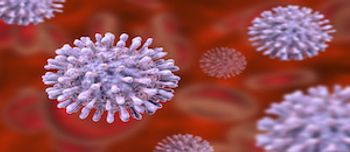
Pharmacists can motivate patients to stick to their drug regimens to decrease viral load and prevent further transmission.

Top news of the day from across the health care landscape.

Understanding adherence patterns is the first step to combat the HIV epidemic in this population.

The trial identified HIV-1 virus characteristics to predict treatment efficacy with a specific antibody treatment using sequence-based methods.
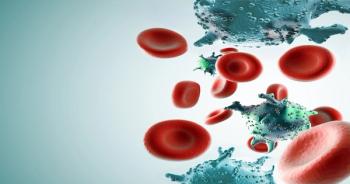
Top news of the day from across the health care landscape.

A randomized clinical trial published by JAMA Internal Medicine found that the distribution of HIV self-tests is a useful source for increasing awareness of HIV infection, and for preventing future transmission, specifically among men having sex with men.

The injectable hormone tesamorelin was found to reduce liver fat and prevent liver fibrosis or scarring in people living with HIV, according to researchers and the National Institutes of Health and the National Institute of Allergy and Infectious Disease (NIAD).

Top news of the day from across the health care landscape.

A recent study published in CANCER indicates that for patients with both HIV and cancer, implementation of the Patient Protection and Affordable Care Act (ACA) improved insurance coverage, both in states that expanded Medicaid coverage and in states that did not.1

The discovery is the first time a new subtype of HIV-1 has been identified since 2000.

The US Food and Drug Administration (FDA) has authorized marketing of the Sentosa SQ HIV Genotyping Assay, a test that detects HIV-1 drug resistance mutations using next-generation sequencing technology.
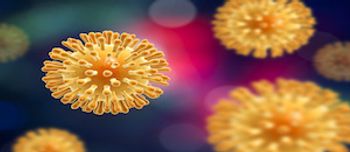
In the studies of Biktarvy from Gilead Sciences, the treatment demonstrated high rates of virologic suppression through week 144 and was found to be well-tolerated.

Researchers at the National Institute of Health (NIH) and the Massachusetts General Hospital in Boston (MGH) found that tesamorelin reduces liver fat and prevents liver fibrosis in people living with HIV.

New study provides evidence that the use of antiretroviral therapy alters the formation or stabilization of HIV latent reservoirs.

The findings of the retrospective cohort study were presented in a poster at IDWeek 2019.

Understanding which molecules HIV needs in order to leave a cell and multiply is a crucial prerequisite for investigating how the spread can be prevented.

The funding is awarded to health departments representing 57 geographic areas to expand treatment and prevention efforts for HIV/AIDS.

Doravirine (Pifeltro, Merck) and doravirine/lamivudine/tenofovir/disoproxil fumarate (Delstrigo) were initially approved for the treatment of HIV in adults with no prior antiretroviral history.

An autopsy-based study examined long-term trends in HIV-related mortality among individuals living with the disease in New York City.

New and emerging strategies in the management of HIV

Top news of the day from across the health care landscape.